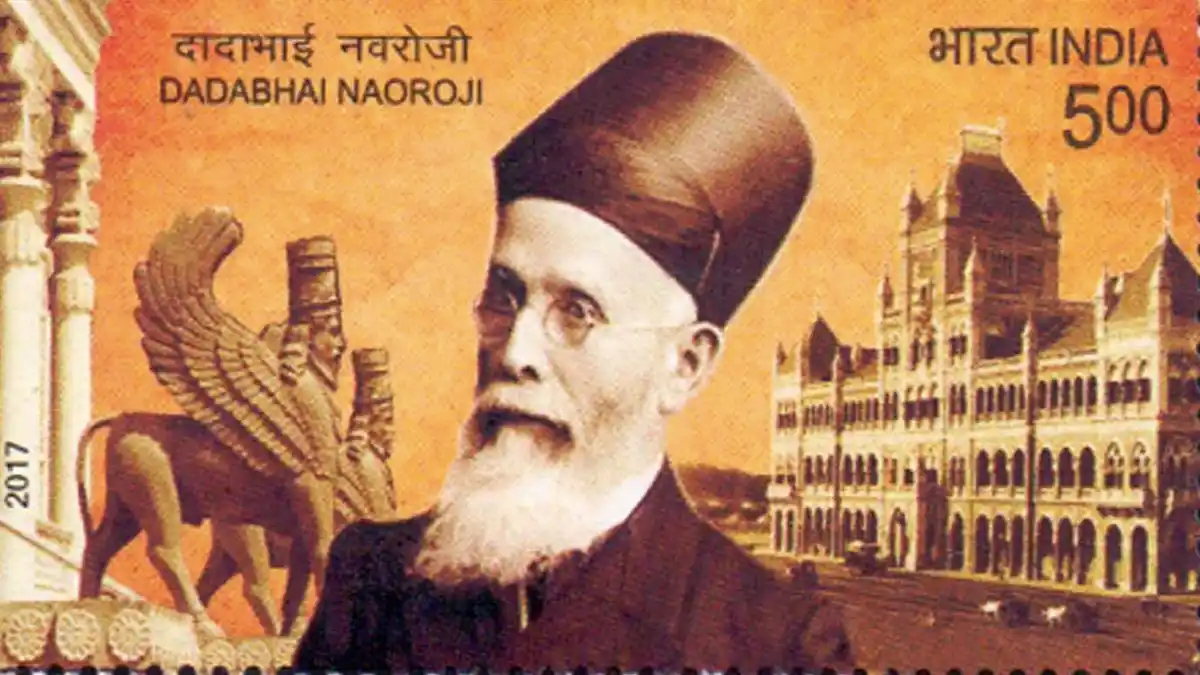The Indian National Congress (INC), founded in 1885, played a pivotal role in the struggle for India’s independence from British colonial rule.
The Calcutta Session of INC in 1906 marked a significant turning point in India’s quest for self-determination.
Held against the backdrop of rising political consciousness and growing unrest, this session laid the foundation for a united and determined national movement.
In this article, we delve into the historical context, key events, and lasting significance of the Calcutta Session of INC 1906.
Historical Context
The late 19th and early 20th centuries were marked by political awakening and activism in India.
The Indian National Congress, established in 1885, initially operated as a platform for educated elites to communicate grievances to the British government.
However, by the turn of the century, it began evolving into a more assertive political entity advocating for self-rule and greater Indian representation in governance.
Several factors contributed to this transformation:
- Partition of Bengal (1905): The British decision to partition Bengal in 1905 was a deeply unpopular move. It was seen as an attempt to divide and rule by creating religious divisions and sparking communal tensions. This decision galvanized Indian nationalists and fueled mass protests.
- Rise of Moderates and Extremists: Within the INC, there was a growing divide between the Moderates, who preferred constitutional means to achieve reforms, and the Extremists, who were more inclined towards direct action and non-cooperation. This divide would be addressed at the Calcutta Session.
- Impact of Swadeshi Movement: The Swadeshi Movement, which emerged as a response to the Bengal Partition, saw widespread boycotts of British goods and the promotion of Indian-made products. It marked a significant shift towards mass mobilization and non-cooperation.
Key Events of the Calcutta Session of INC 1906
The Calcutta Session of INC in 1906, held from December 26 to December 31, witnessed several crucial developments that would shape the future course of India’s struggle for independence:
- Leadership Transition: The session marked a leadership transition within the INC. Dadabhai Naoroji, often referred to as the “Grand Old Man of India,” presided over the session. He succeeded Gopal Krishna Gokhale as the President of INC, signaling a shift towards more assertive leadership.
- Unity of Moderates and Extremists: One of the most significant outcomes of the Calcutta Session was the attempt to bridge the gap between Moderates and Extremists within the Congress. Leaders like Bal Gangadhar Tilak and Bipin Chandra Pal, who represented the Extremist faction, cooperated with the Moderates led by Dadabhai Naoroji and Gopal Krishna Gokhale. This unity was instrumental in shaping a more coordinated and effective freedom struggle.
- The Swadeshi Resolution: The session passed the famous Swadeshi Resolution, which called for the boycott of British goods and the promotion of indigenous products. This marked a turning point in the Indian freedom movement as it shifted the focus from constitutional petitions to mass mobilization and non-cooperation with British rule.
- Promotion of Vernacular Languages: The Calcutta Session emphasized the importance of vernacular languages in the promotion of education and communication among the masses. This move aimed to make the freedom struggle more accessible to a wider section of society.
- Emphasis on Self-Reliance: The Congress leaders, recognizing the economic exploitation by the British, emphasized the need for economic self-reliance. This echoed the Swadeshi Movement’s call to promote indigenous industries and reduce dependency on British imports.
- Peaceful Protest and Civil Disobedience: While the Extremists advocated for more direct forms of resistance, the Calcutta Session primarily stressed peaceful protest and civil disobedience as the preferred methods of opposition to British rule. This approach laid the groundwork for future movements, including Mahatma Gandhi’s nonviolent resistance.
Legacy and Significance
The Calcutta Session of INC 1906 had far-reaching implications for India’s struggle for independence:
- Unification of Nationalists: The session marked a crucial step in uniting the diverse factions of Indian nationalists, bridging the gap between Moderates and Extremists. This unity strengthened the resolve of the INC and made it a more formidable force against British colonial rule.
- Shift Towards Mass Mobilization: The Swadeshi Resolution and the emphasis on boycotts and non-cooperation represented a significant shift in strategy. Mass mobilization became a central element of the freedom movement, laying the foundation for future movements like the Non-Cooperation Movement and the Civil Disobedience Movement.
- Promotion of Indigenous Industries: The call for self-reliance and the promotion of indigenous industries contributed to economic empowerment and self-sufficiency, reducing India’s economic dependency on Britain.
- Peaceful Protest Philosophy: The session’s emphasis on peaceful protest and civil disobedience as effective tools for resistance influenced future leaders, including Mahatma Gandhi, who would go on to champion nonviolent resistance as the core strategy of the independence movement.
- Impact on Subsequent Movements: The unity and strategies formulated at the Calcutta Session served as a precursor to many subsequent movements, including the Non-Cooperation Movement (1920-1922) and the Civil Disobedience Movement (1930-1934), which played instrumental roles in India’s eventual independence in 1947.
Conclusion
The Calcutta Session of INC 1906 was a pivotal moment in India’s journey toward independence.
It marked a shift from a relatively passive political platform to a united, assertive, and mass-based movement against British colonial rule.
The Swadeshi Resolution, unity among Moderates and Extremists, and the emphasis on peaceful protest and economic self-reliance all laid the foundation for future struggles that ultimately led to India’s liberation in 1947.
The session served as a beacon of hope for millions of Indians who aspired to live in a free and self-governing nation.
It demonstrated the power of unity and collective action in the face of adversity and oppression, and its legacy continues to inspire movements for justice and freedom around the world.
The Calcutta Session of INC 1906 will forever be remembered as a crucial milestone on the path to Indian independence.
